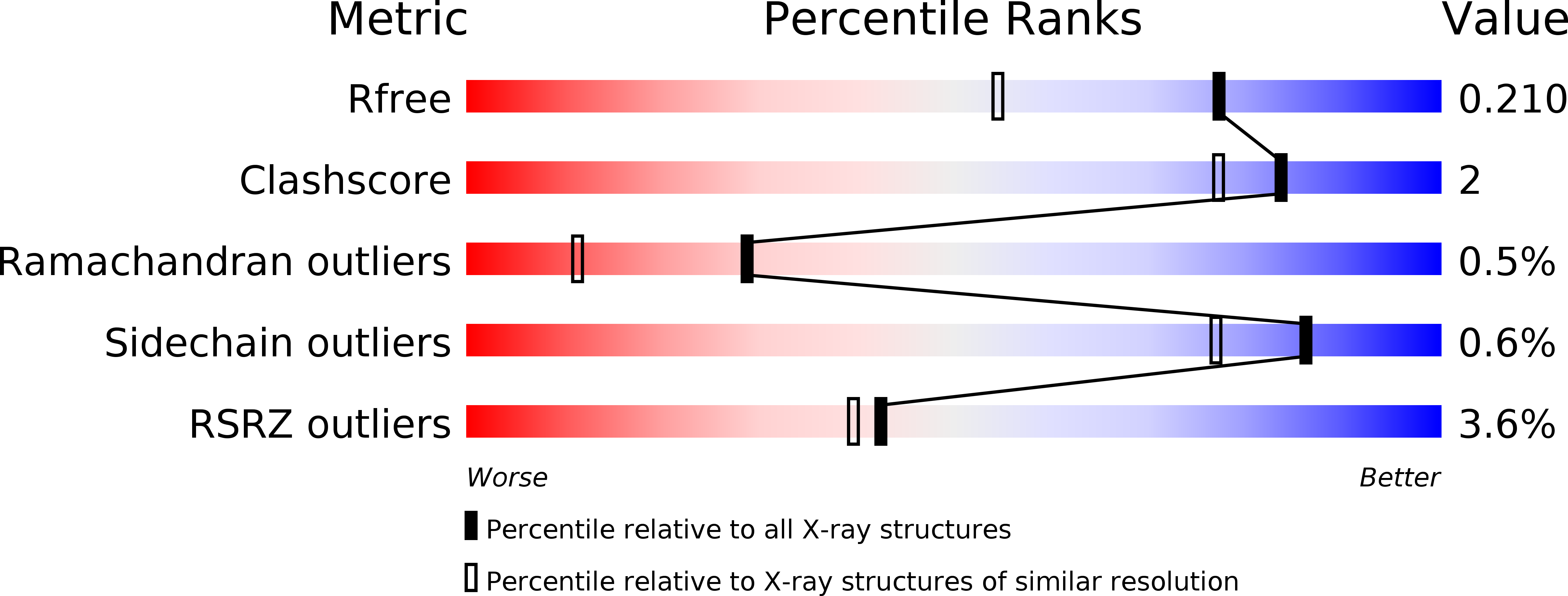
Deposition Date
2017-09-25
Release Date
2018-07-25
Last Version Date
2024-01-17
Entry Detail
PDB ID:
6EK3
Keywords:
Title:
PARP15 CATALYTIC DOMAIN MUTANT (Y598L) IN COMPLEX WITH OUL35
Biological Source:
Source Organism:
Homo sapiens (Taxon ID: 9606)
Host Organism:
Method Details:
Experimental Method:
Resolution:
1.60 Å
R-Value Free:
0.21
R-Value Work:
0.18
R-Value Observed:
0.18
Space Group:
P 21 21 21


